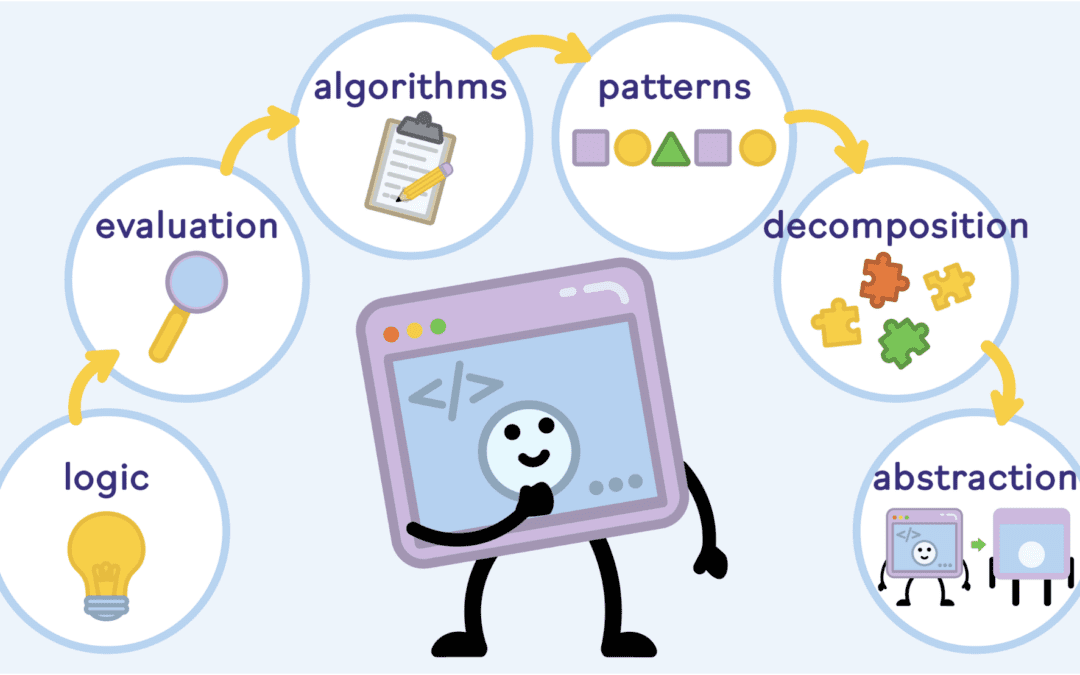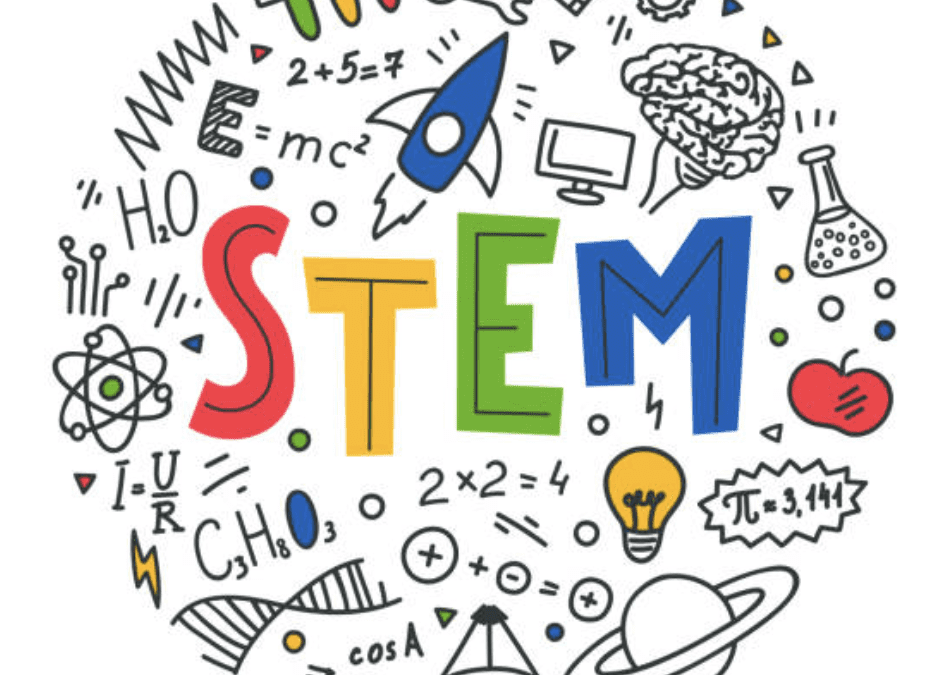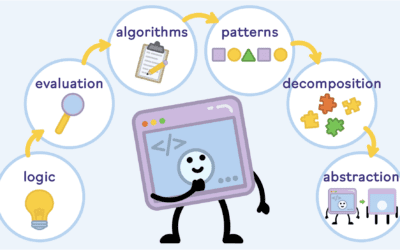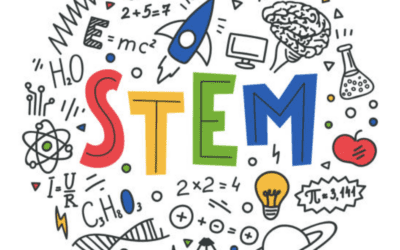
It seems like everyone is talking about STEM these days. If you’re a teacher or parent, you may be wondering what it is or whether it’s really as important as people say.
The truth is, STEM is a vital part of our future, even for students who will go on to pursue non-STEM careers. It’s a teaching method that encourages kids to develop all kinds of skills that they will use throughout their lives, including critical thinking, problem-solving, collaboration, and creativity. With a strong STEM curriculum, your students will be prepared to succeed in whatever they do.
What is STEM?
STEM stands for science, technology, engineering, and math, but it’s more than just an acronym for a few school subjects. It’s an interdisciplinary education style that challenges students to think creatively and solve problems using science and math knowledge.
Unlike traditional school experiences, a STEM curriculum integrates subjects to emphasize connections across disciplines. Lessons are often focused on projects and higher-level thinking rather than tests and simple memorization.
Why is a STEM curriculum important?
STEM is closely linked to the future of the U.S. and the world. Jobs in technology, medicine, and other fields that lean heavily on STEM knowledge are predicted to grow much faster than other occupations over the next decade. What’s more, the soft skills encouraged in STEM education — creative problem solving, collaboration, critical thinking, and more — are desperately needed in almost every aspect of life.
In the 2020s, a solid STEM curriculum is more important than ever. The recent pandemic reinforced the importance of technology in work, leisure, and as a tool for social connection when in-person contact isn’t possible. Scientific knowledge and STEM problem-solving are needed to solve many global challenges, from managing infectious diseases to transitioning to clean energy.
Does a STEM curriculum help students who aren’t interested in STEM careers?
Yes, it does! STEM education helps students develop many skills that are transferable to almost any career path and most other aspects of life. Some of the essential skills that STEM education produces include:
- Problem-solving
- Project management
- Teamwork
- Innovation
- Critical thinking
- Creativity
Also, many jobs that are not traditionally thought of as STEM jobs require some math or technology skills. For example, many of today’s marketing, finance, design, and even customer service roles require some degree of tech know-how. A 2016 Brookings report found that 23% of jobs were in highly digital occupations and roughly half were in moderately digital occupations — and those percentages have likely grown since then.
Who studies STEM?
Anyone can study STEM! You don’t have to be a wannabe engineer to take and enjoy STEM courses or try a STEM-related project in your spare time. Students of all ages from all over the world enjoy these types of learning opportunities.
You can find people from all backgrounds in the STEM workforce, too. That being said, some groups of people are underrepresented in STEM careers, which is something many STEM leaders hope to change. Diversity in any industry is good for innovation and helps make gains more broadly applicable. People of all ethnicities and genders are needed to create a better world for everyone.
How can our school encourage more women and underrepresented minorities to study STEM?
The good news is, there are many things you can do to encourage more women and minorities to pursue STEM! Here are some of the most effective options:
- Teach kids about more diverse role models in STEM. Both pop culture and textbooks often portray STEM professionals as primarily white men. Fortunately, you can find plenty of STEM role models who are women, people of color, or both if you take a moment to look. By teaching students about more diverse STEM leaders, you can ensure that more students see role models who look like them or come from a similar background. Students will see that despite the stereotypes, there’s a place in STEM for them too.
- Get students involved in project-based learning. Many students are more engaged in learning when they get to use what they learn to create something or solve a problem. Students are often even more interested when given some degree of choice in what they can do. When all students have the opportunity to try STEM projects, more of them are likely to discover a spark of interest or passion and continue to pursue STEM.
- Encourage a growth mindset. Students who maintain a growth mindset toward learning are more likely to continue pursuing STEM even when obstacles appear, such as a challenging course or topic.
What kinds of careers are out there for students who excel at STEM?
There is a wide variety of STEM and STEM-based jobs out there. Here are just a few of the most popular positions:
- Software developers
- Mechanical engineers
- Physicians
- Nurses and nurse practitioners
- Web developers
- Psychologists
- Information security analysts
- Database administrators
- Financial analysts
- Technical writers
- Computer network architects
- Computer systems analysts
- Meteorologists
- Operations research analysts
- Civil engineers
- Actuaries
- Dentists
- Architects
- Physician Assistants
- Medical services managers
- IT managers
- Cartographers
- Mathematicians
- Statisticians
- Epidemiologists
What should be included in a upper elementary school or middle school STEM curriculum?
An upper elementary or middle school STEM curriculum should include both a strong foundation in core subjects and opportunities to try other aspects of STEM. We recommend that schools focus on the core skills students will use throughout their academic careers, including mathematics, the scientific method, biology, keyboarding, digital citizenship, computational thinking and essential digital tools such as the Google Suite.
Ideally, students should also have opportunities to try engineering projects, coding, and robotics. Highly ranked STEM schools often integrate some of these projects into their weekly schedules or offer after-school activities for interested students.
My school teaches science and math but doesn’t really teach other aspects of STEM. Where can I find STEM curriculum resources?
There are many resources online that can help students learn about STEM. Many teachers enjoy using Project Lead the Way, SolidProfessor, or resources from the National Science Foundation’s list to introduce students to engineering and design thinking.
Our STEM program, Yeti Academy, is a comprehensive platform that teaches kids about coding, digital citizenship, introductory biology, Google Suite, and more in a collaborative and fun way while also allowing them to learn at their own pace. Our modules are prepared by highly accredited curriculum designers with years of STEM teaching experience. Each STEM module comes with all the resources a teacher could need, including lesson plans, activities, slide shows, tests, and more.








